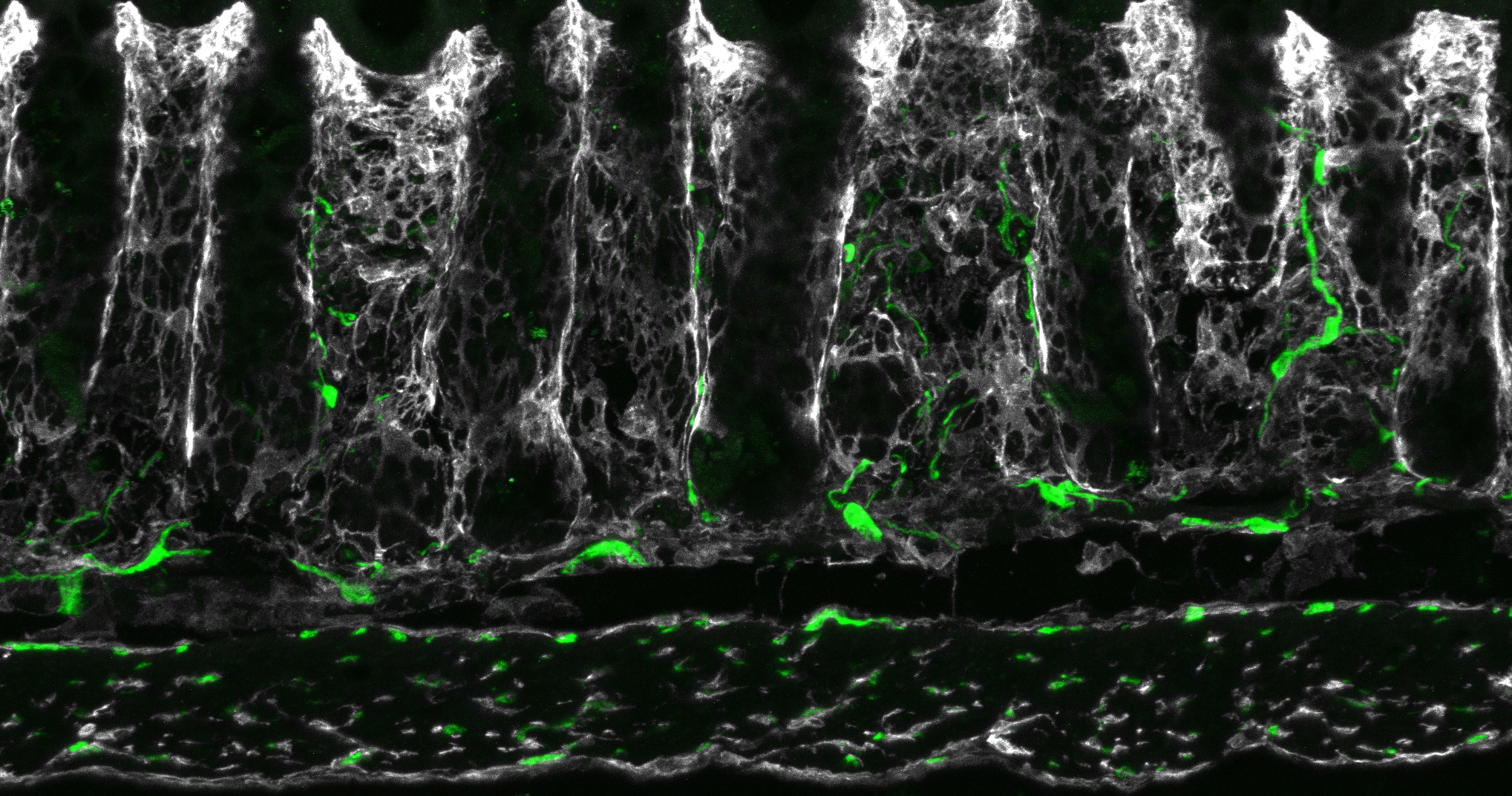Physiological and Molecular Role of Enteric Nervous System in Homeostasis and Diseases
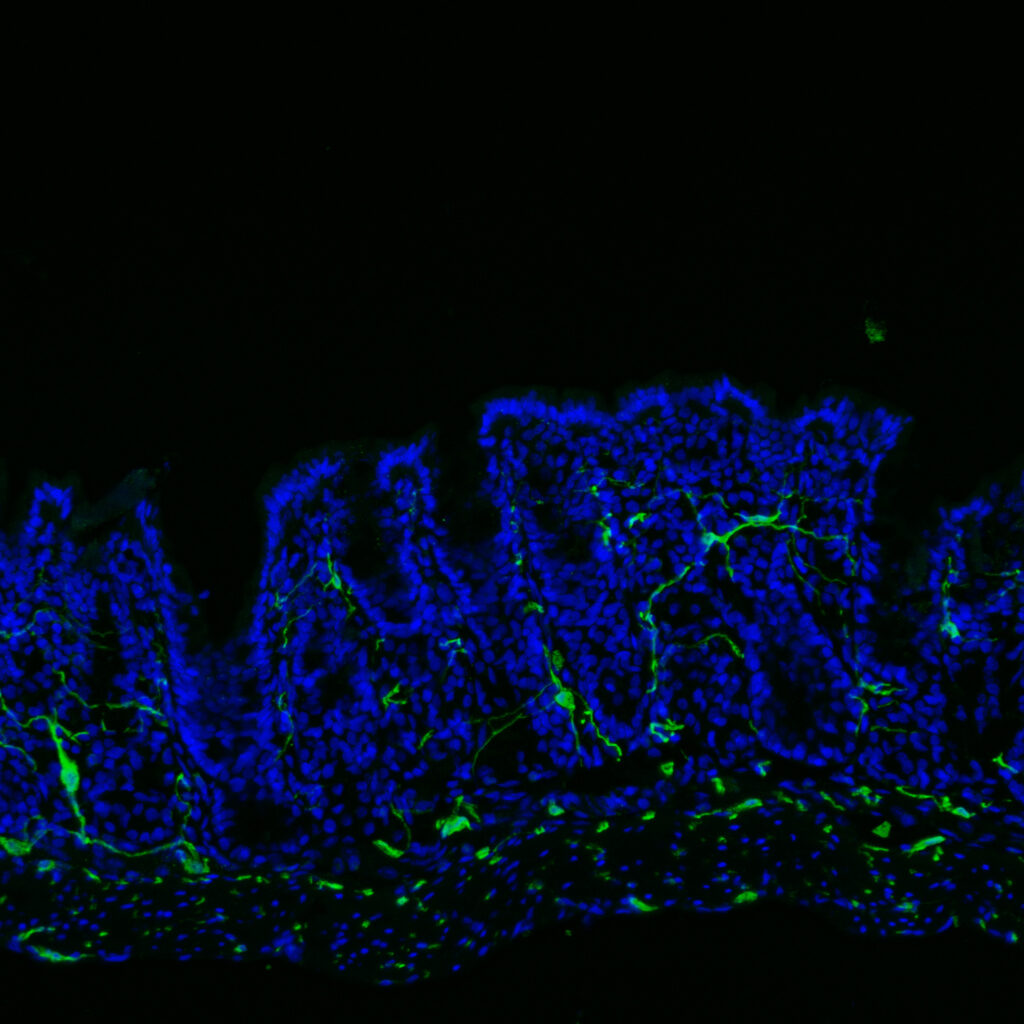
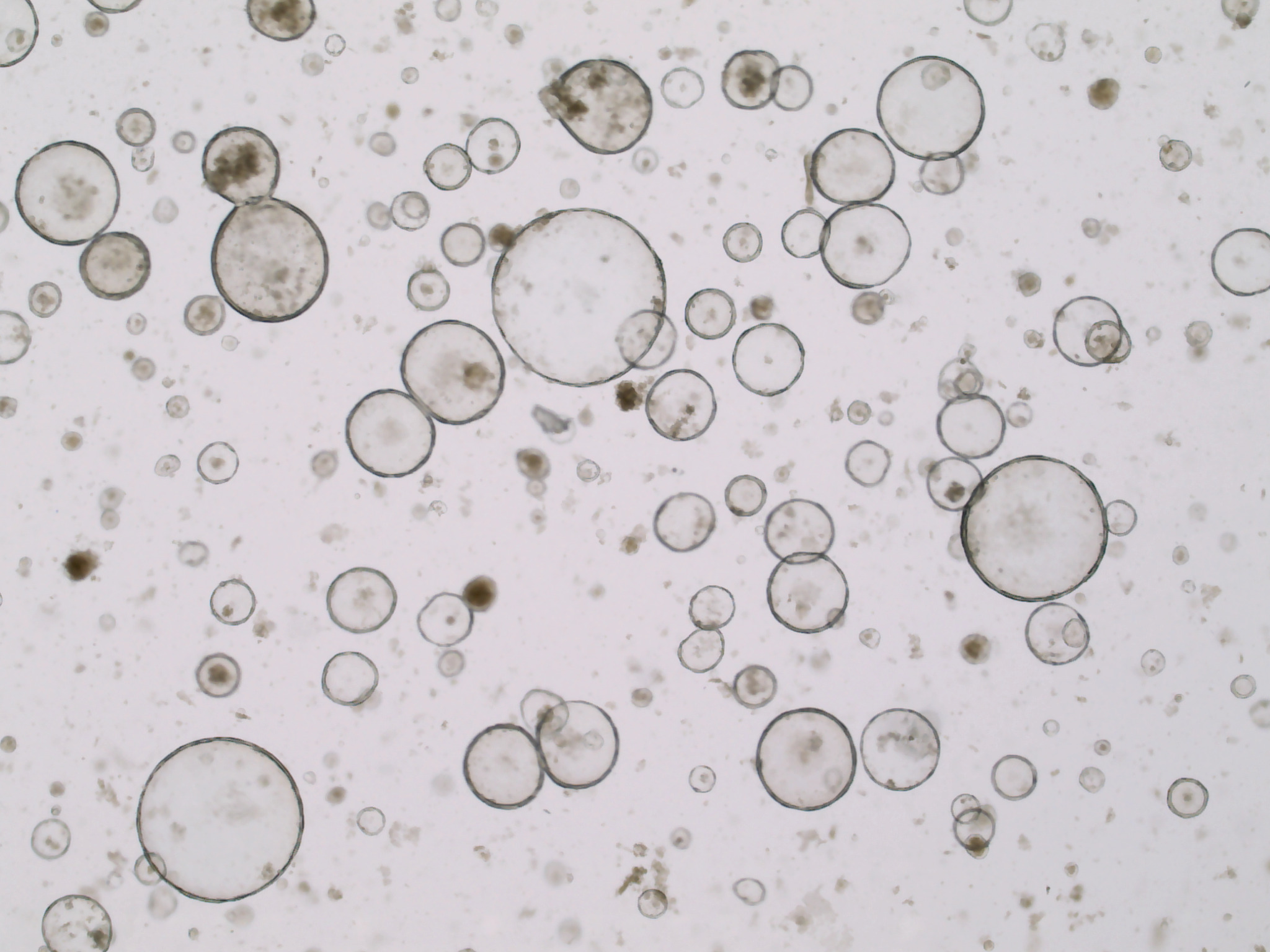
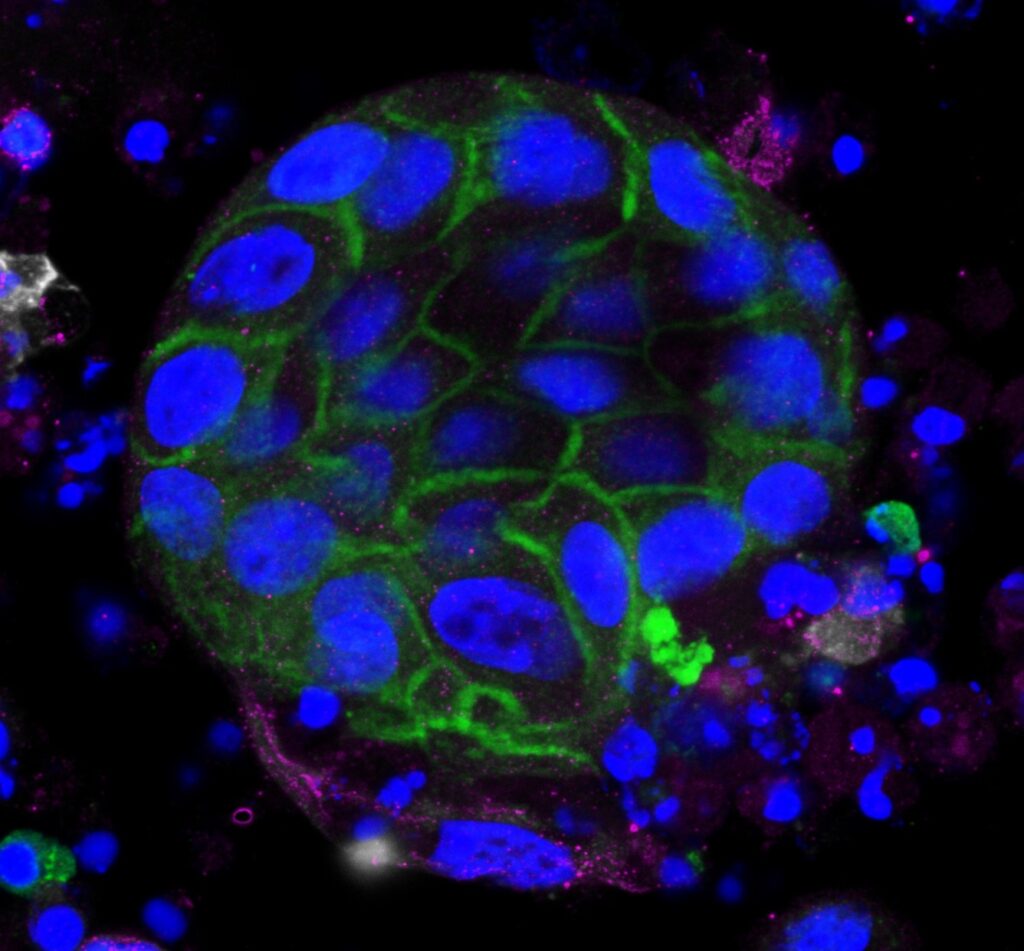
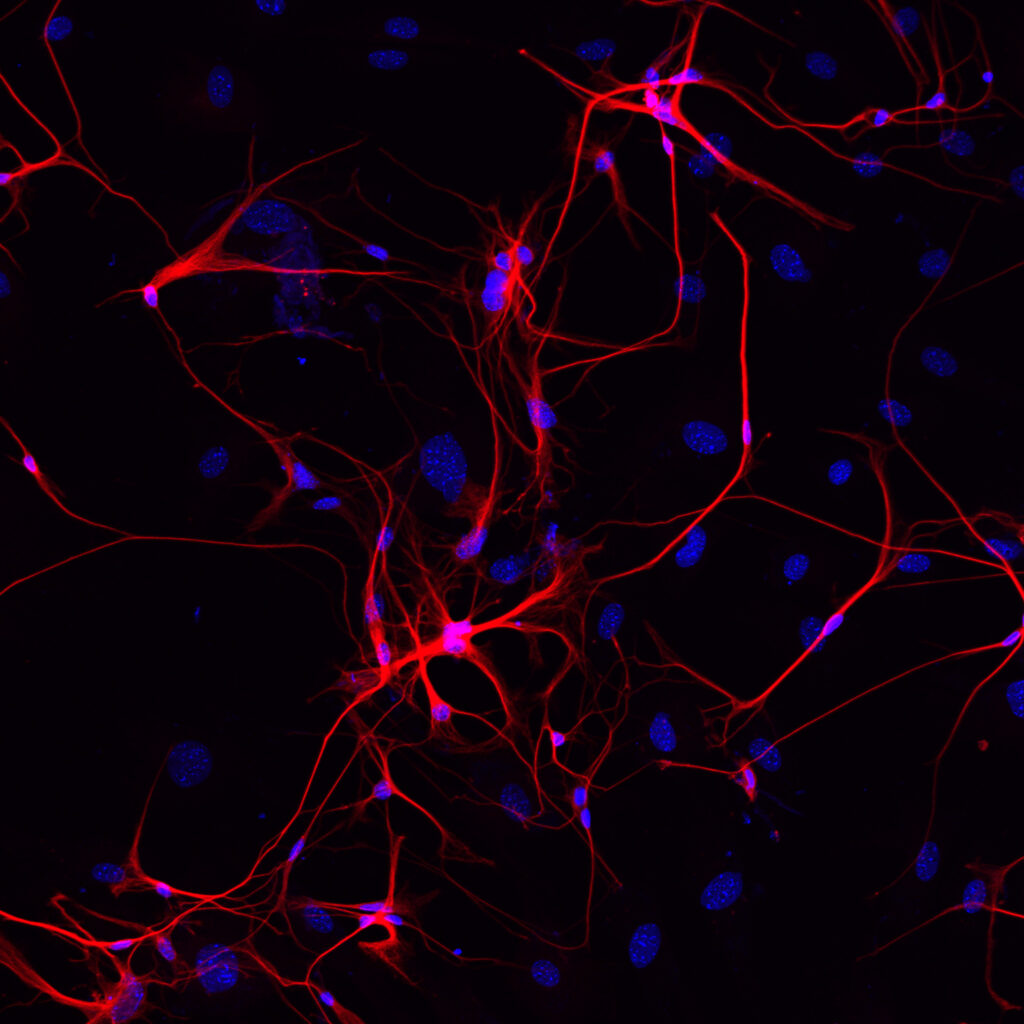
As a scientist, looking forward in intestinal stem cell research, it is hard to think the excitement diminishing decades to come. The incentives are huge since we now have the opportunity to go from elaborate analysis of single cell transcriptomics to broad landscape that cover tissue development. The more appealing point is that intestine is what we call ‘structured’. On the one hand, we can observe dynamically getting renewed epithelium which is fuelled by intestinal epithelial stem cells. The self-renewal, proliferation and differentiation of these stem cells are regulated by the closely localized niche cells. On the other, a critical compartment is enteric nervous system (ENS) which is interspersed between the mucosal barrier and within the muscle layers. It coordinates simultaneously both gastrointestinal motility and also a wide range of gastrointestinal functions such as secretion, nutrient absorption, immune regulation and defence. As having its complexity, the ENS is conceived the second brain. Notably, we are missing the knowledge showing how the second brain works. We believe that it has now become possible to tackle this complex question that is central to understand the communication between the ENS and other compartments including epithelial cells, epithelial stem cells, mesenchymal cells, smooth muscle and immune cells both during homeostasis and disease.
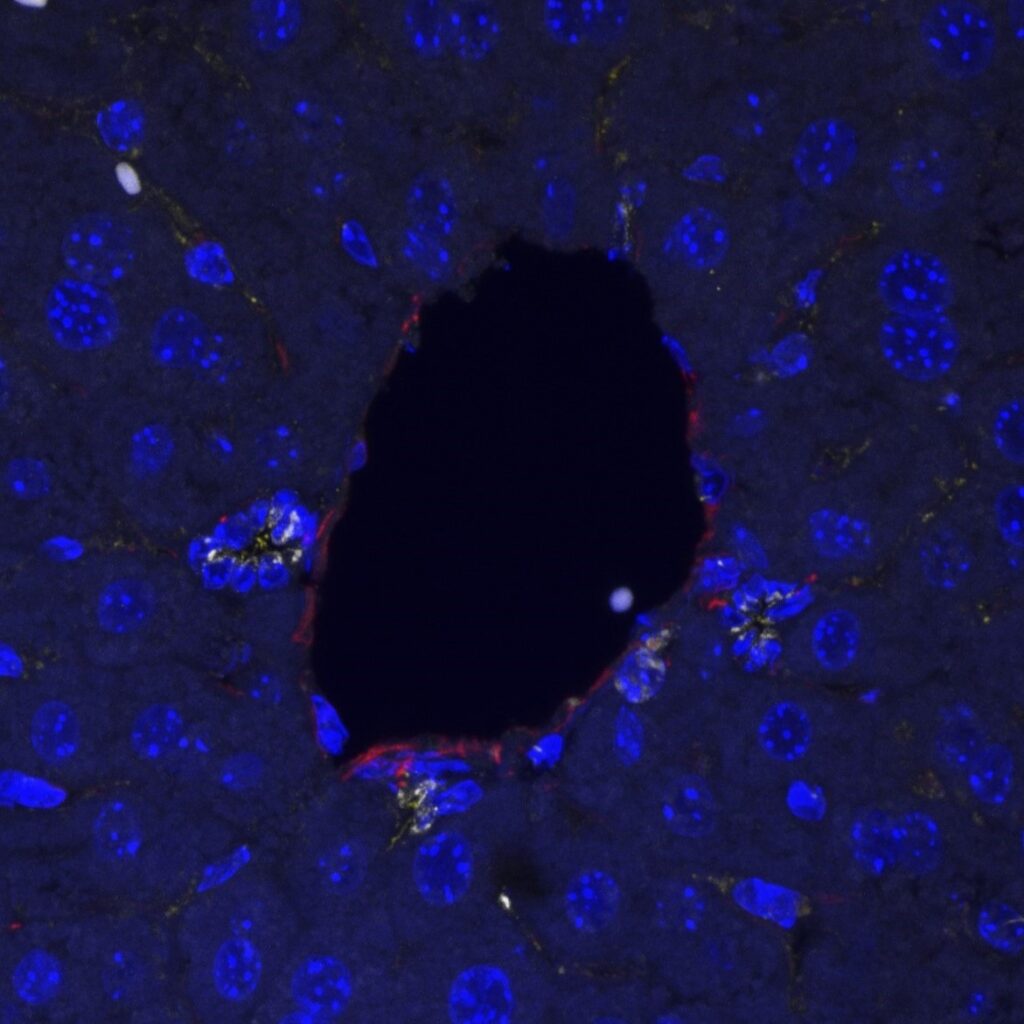
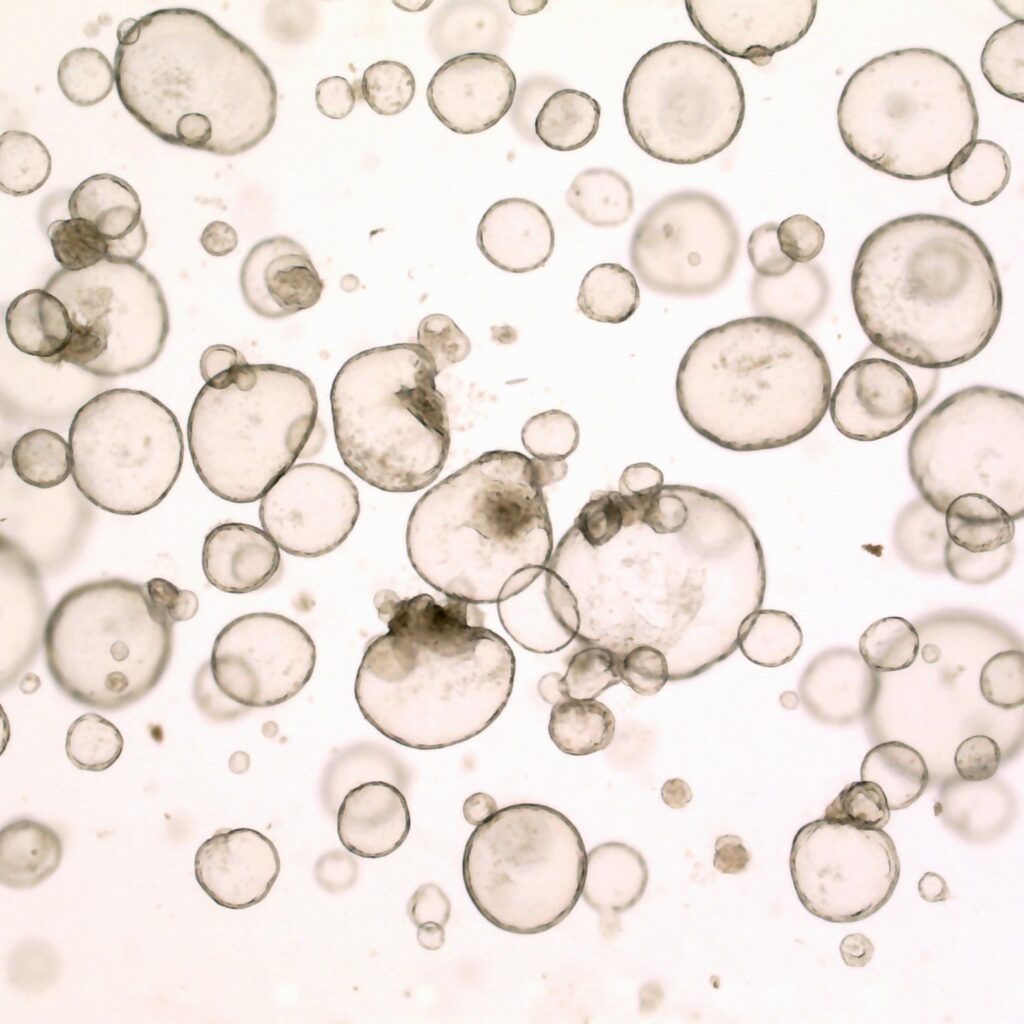
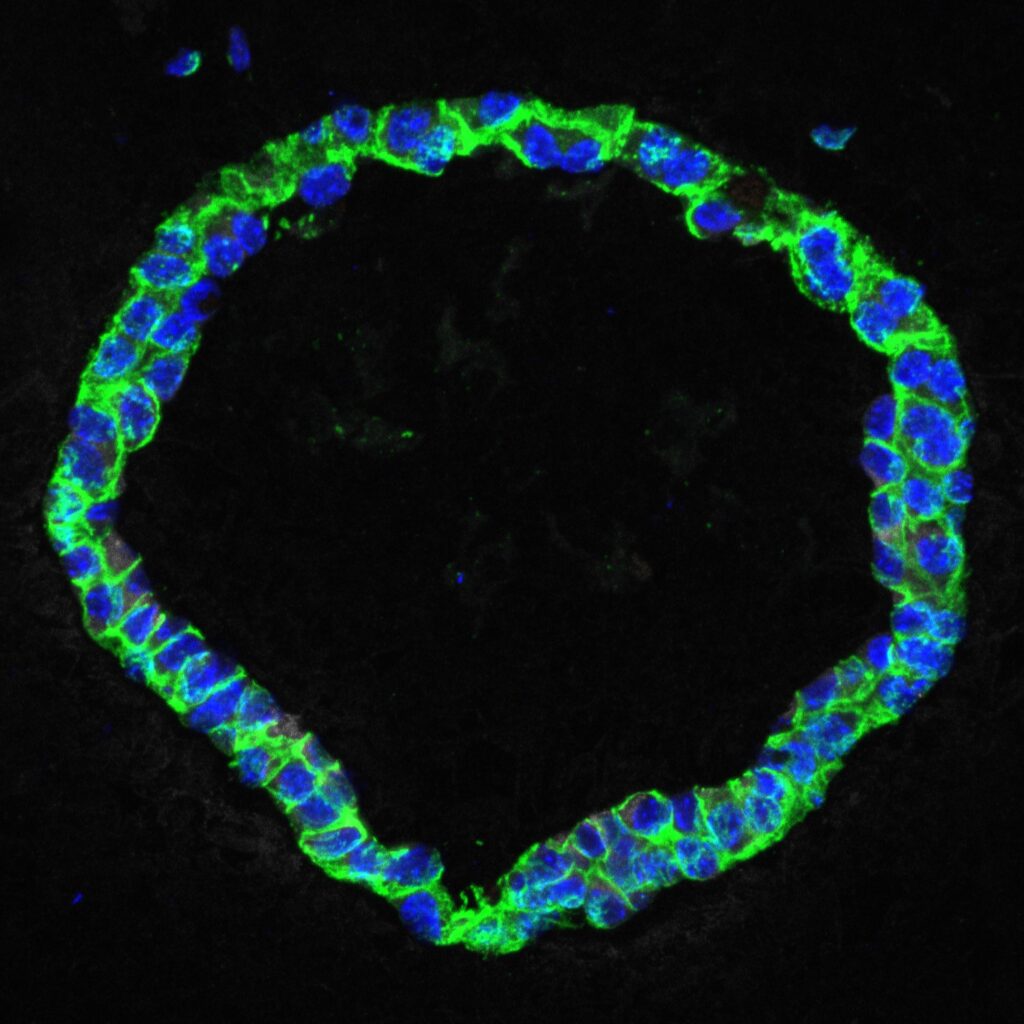
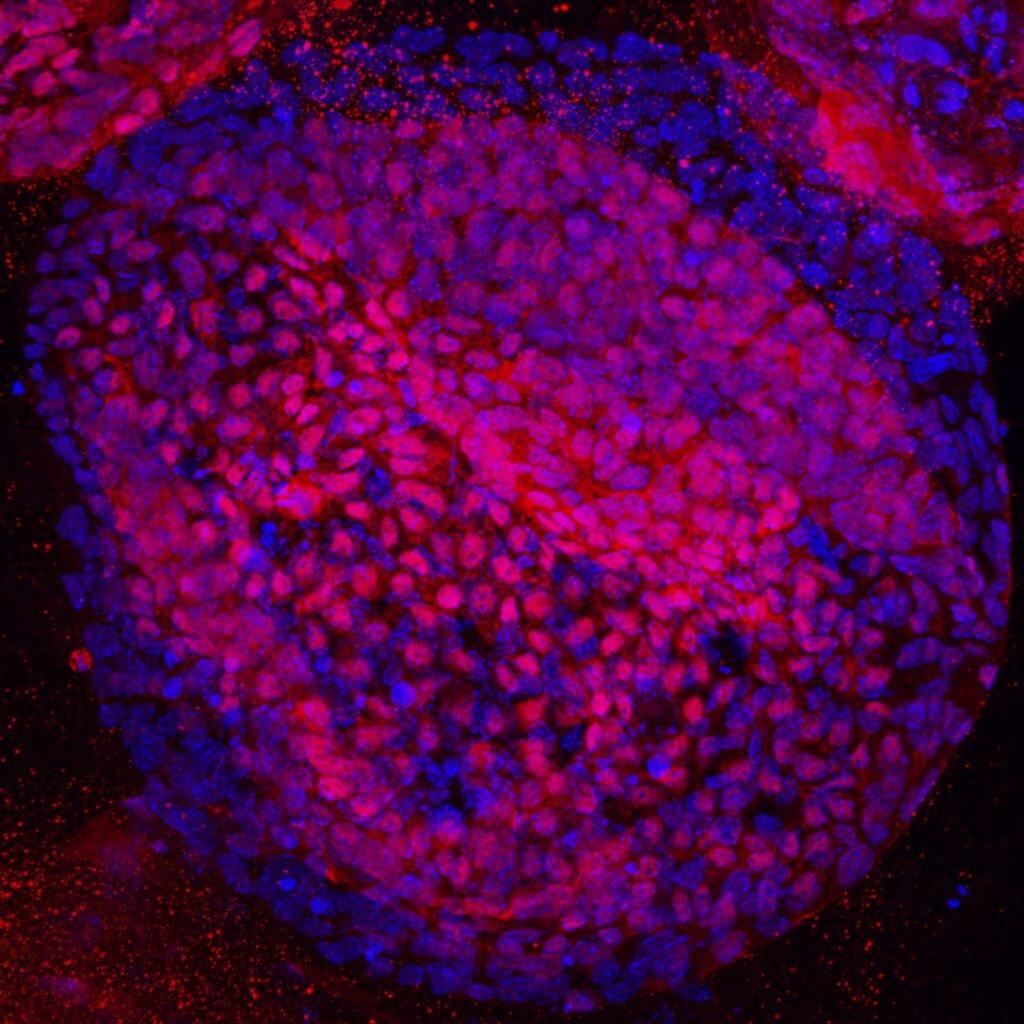
Role of cellular niche in response and progression of liver fibrosis and consequences
The liver is an important multitasking organ with diverse functions to maintain body homeostasis. Adjustment of glucose level, detoxification, secretion of blood proteins, and synthesis of bile acids are the among these crucial functions. The fibrosis is one of the most common liver injury types. Although liver has a high capacity for regeneration via the proliferation of cells, this regeneration ability is directly dependent on the severity of fibrosis. We are keen to understand the mechanism of fibrosis in liver.
This projects are funded by EMBO Installation Grant and Tübitak 1001.




